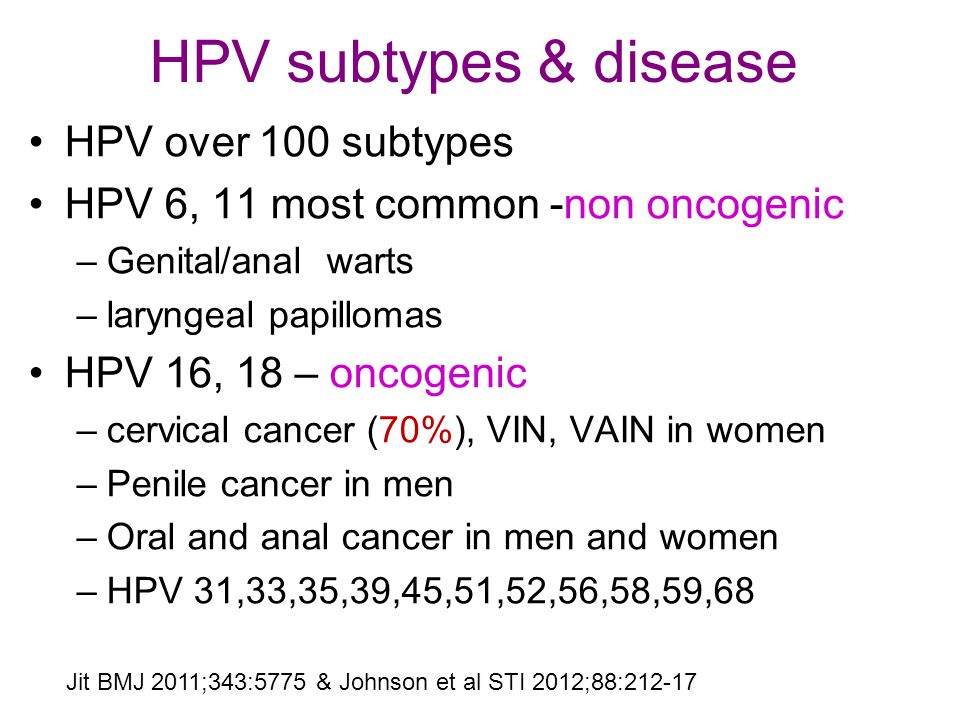Reproduction
Breasts and Breast Pathology
Nipple Discharge
Intraductal Papilloma
- can be benign or malignant
- no palpable masses
Notes:
- note that intraductal papilloma is the most common cause of bloody discharge from the nipples in women, especially if there are no palpable masses and if it is unilateral
- note that nipple discharge can either by physiological or pathological
--> whenever there is bloody discharge from the nipple, this is ALWAYS pathological
Sexually Transmitted Diseases
HPV = Human Papilloma Virus
(anogenital warts)
Case example
Notes:
- note that HPV is the most common sexually transmitted disease and there are over 100 sub types
- most of these can be cleared by the host immune system
- there are roughly 4 subtypes to worry about
--> 6 and 11 cause anogenital warts
--> remember this as people who do 69 wrong --> do 6 11 and get HPV anogenital warts
--> 16 and 18 can cause cancer - note that HPV 6 and 11 like to infect stratified squamous epithelial cells that are on the vagina, penis, anus and cervix
- interestlingly the true vocal cords are the only tissure in the larynx that have stratified epithelial tissue
--> this is because the true vocal cords undergo a lot of friction so the stratified squamous cell layers can replace the layers after friction of the TRUE vocal cords - the TRUE vocal cords are how pregnant mothers with anogenital warts HPV 6 / 11 pass it on to their children
- it is trasnfered to the infants true vocal cords
--> they then present with hoarseness of the voice, weak cries, and even stridor due to warts on the true vocal cords - treatment = ?
Clinical Case
*Oogenesis, Follicles and Ovulation
Primary / Secondary OOcytes / Meiosis 1 and 2 Arresting stages
- meiosis arrest #1 - begins at puberty
--> PUBERTY = prophase of Meiosis 1 - meiosis arrest #2 - begins at ovulation and fertilization
--> ends at fertilization
--> fertilization needs a MALE = metaphase of Meiosis 1
Primary / Secondary OOcytes / Meiosis 1 and 2 Arresting stages CASE 1
- arrest #1 - begins at puberty
- arrest #2 - begins at ovulation
--> ends after fertilization
Notes:
- note that oocyte primary and secondary and meiosis is all happenning to the oocytes
- these are within the follicles that contain the oocytes and feed them
- thus the FSH growth of follicle and LH surge are happenning continuously each month while the oocytes are arrested in Meiosis prophase 1 = puberty state
Clinical Case
Notes:
- Gestation = mitosis of oogonium
- Birth = start making Primary OOcytes from the oogonium
- Childhood to puberty = Meiosis 1 prophase
--> think PUBERTY = PROPHASE 1 - MONTHLY MENSTRUATION = meiosis 1 complete / METAPHASE 2 arrest
- Metaphase 2 arrest = until MEN arrive
--> once sperm fertilize the metaphase 2 and entire meiosis 2 completes
Reproduction terms:
gravida = # times pregnant (regardless if brought to term)
--> primagravida = first pregnancy
--> nulligravida = NEVER been pregnant (null = means without)
para / parity = # of pregnancies brought to term
--> nullipara = NEVER brought a fetus to full term (null = means without)
an / oligo / poly hydramnios = amount of amniotic fluid in amniotic sac
- colpo- / colpos- = referring to the vagina
- hematocolpos = collection of blood in the vagina
mucocolpos = collection of mucus in the vagina
salpingo- = referring to the fallopian tubes (also Eustacian /auditory tube)
- hystero- = referring to the uterus tubes (also Eustacian /auditory tube)
--> hysterectomy = removal of the uterus
*Gynecomastea
- Gynecomastea = MALE KNOCKERS
--> "SOME Hormones Create KNOCKERS" - spironolactone
--> both spironolactone and cimetidine both accidently block DHT recetors - hormones
--> anything that causes low THD and high estrogen - cimetidine
--> both spironolactone and cimetidine both accidently block DHT recetors - Ketoconazole
--> antifungal AK47 CYP 450 inhibitor
--> blocks synthesis of ergosterol in fungi
--> blocks hormone steroids in humans, BUT blocks androgens more than ergosterols
--> lowers the androgen/estradiol ratio
*Infertility causes in Women
- PID = most common
--> history of PID can casue infertility due to the damage caused to para uterine structure (fallopian tubes etc.) - endometriosis
--> can cause fertility
--> but it is reversible if you remove the endometriosis growths and cysts that form
*endometriosis
- can cause fertility
--> but it is reversible if you remove the endometriosis growths and cysts that form
Endometriosis NOTES
Treatment
Secondary Surgical Treatment
- if Conservative treatment fails, move to laproscopic treatment
- laproscopy performed
--> both diagnostic and treatment
--> gives absolute diagnosis of endometriosis
--> endometriosis implants can be excised
Conservative Treatment
- NSAIDs to relieve abdominal and pelvic pain
- hormonal contraceptives used to lower the output and stimulation of the endometriosis implants
Clinical presentation
- typically have shorter menstrual cycles (< 28 days), longer days of menstrual flow, younger age of menarche
- after menstrual cycles have been established, usually develop dysmenorrhea
- severe pelvic pain
- endometriosis can cause infertility
*POI = Primary Ovarian insufficiency
- menopause by age < 40
- due to depletion of follicle pool
--> either didn't make enough follicles and retain them at puberty
--> normally make 2 million and have 25% of this left at puberty
--> or you lost them due to chemotherapy, etc. - note that each month you are using up 20 follicles and only 1 is chosen
--> the remaining 19 that were not chosen undergo APOPTOSIS and die
Clinical Cases
Clinical Case
Clinical Case
Notes:
- note that


















